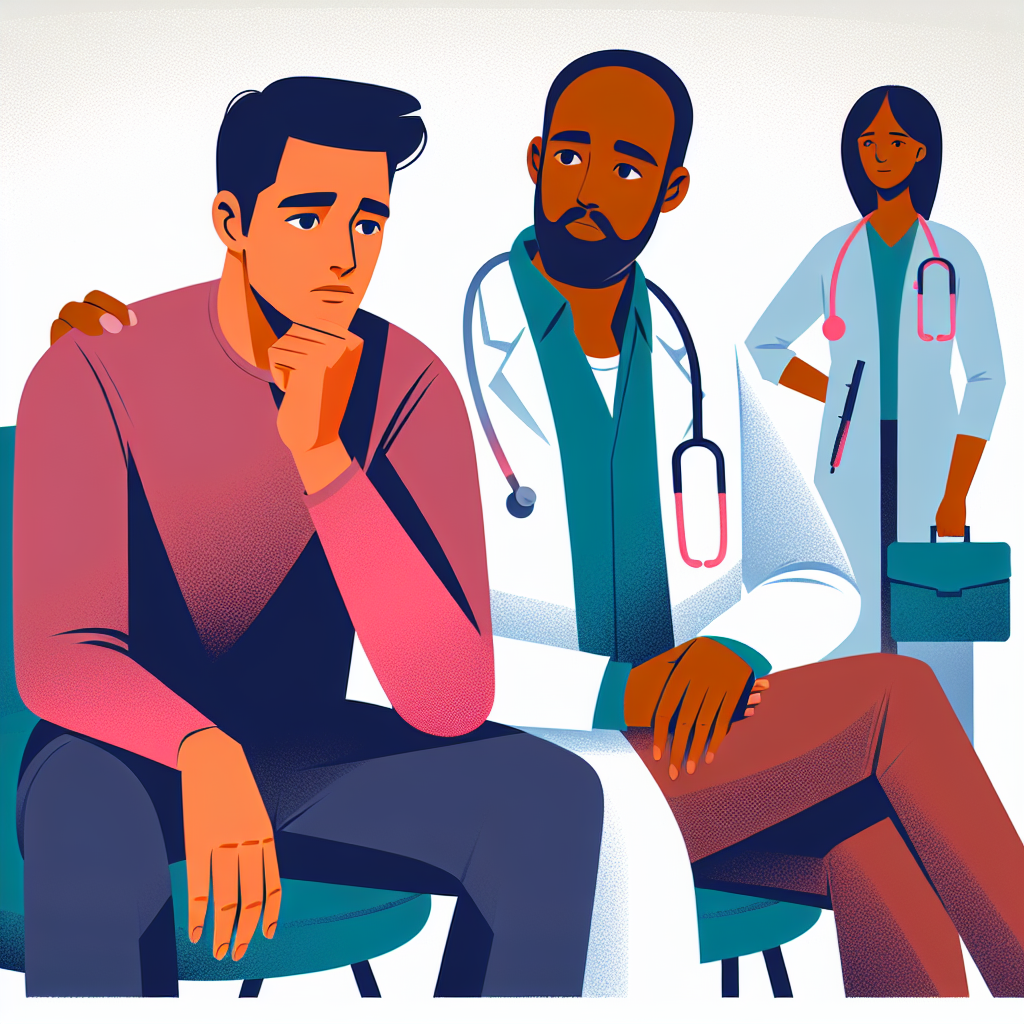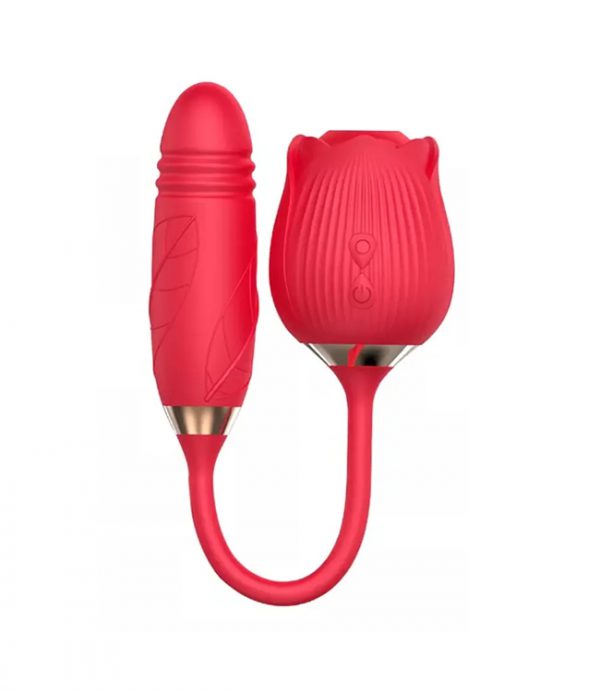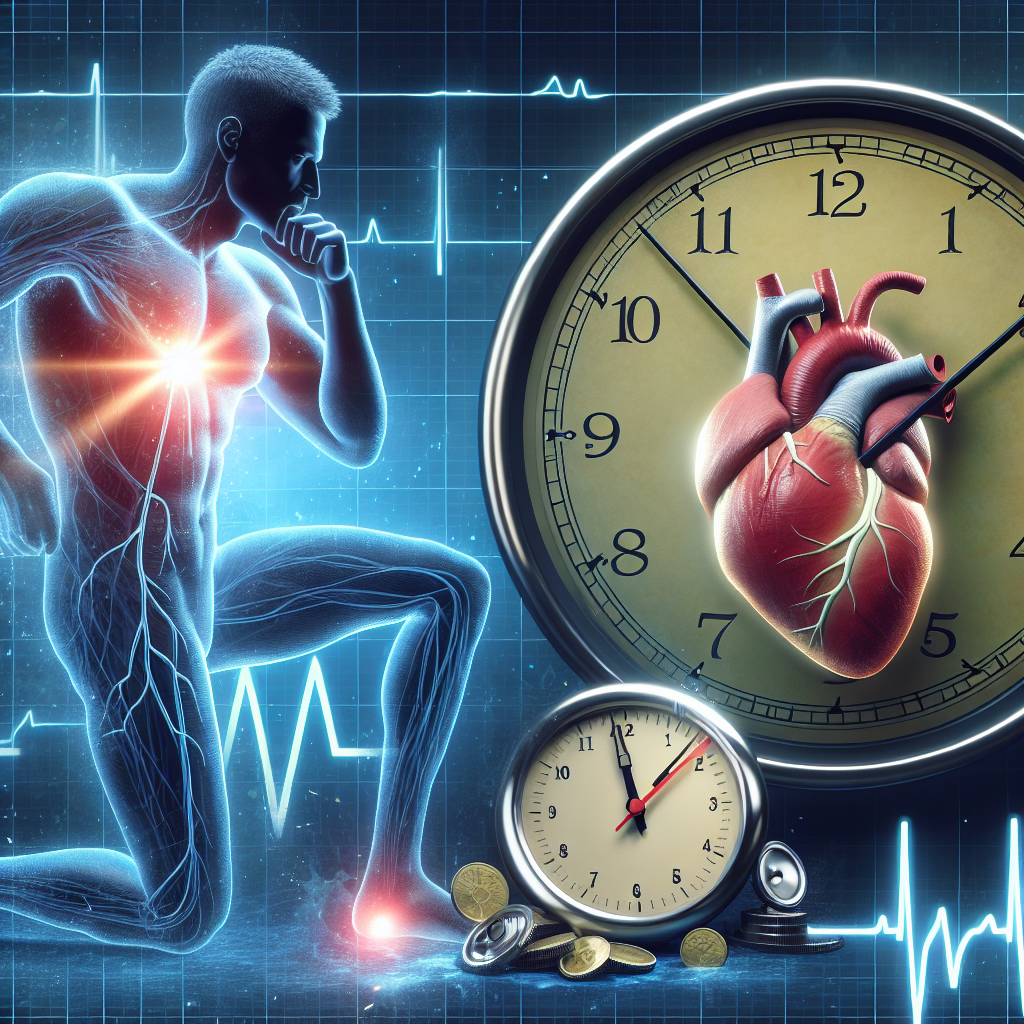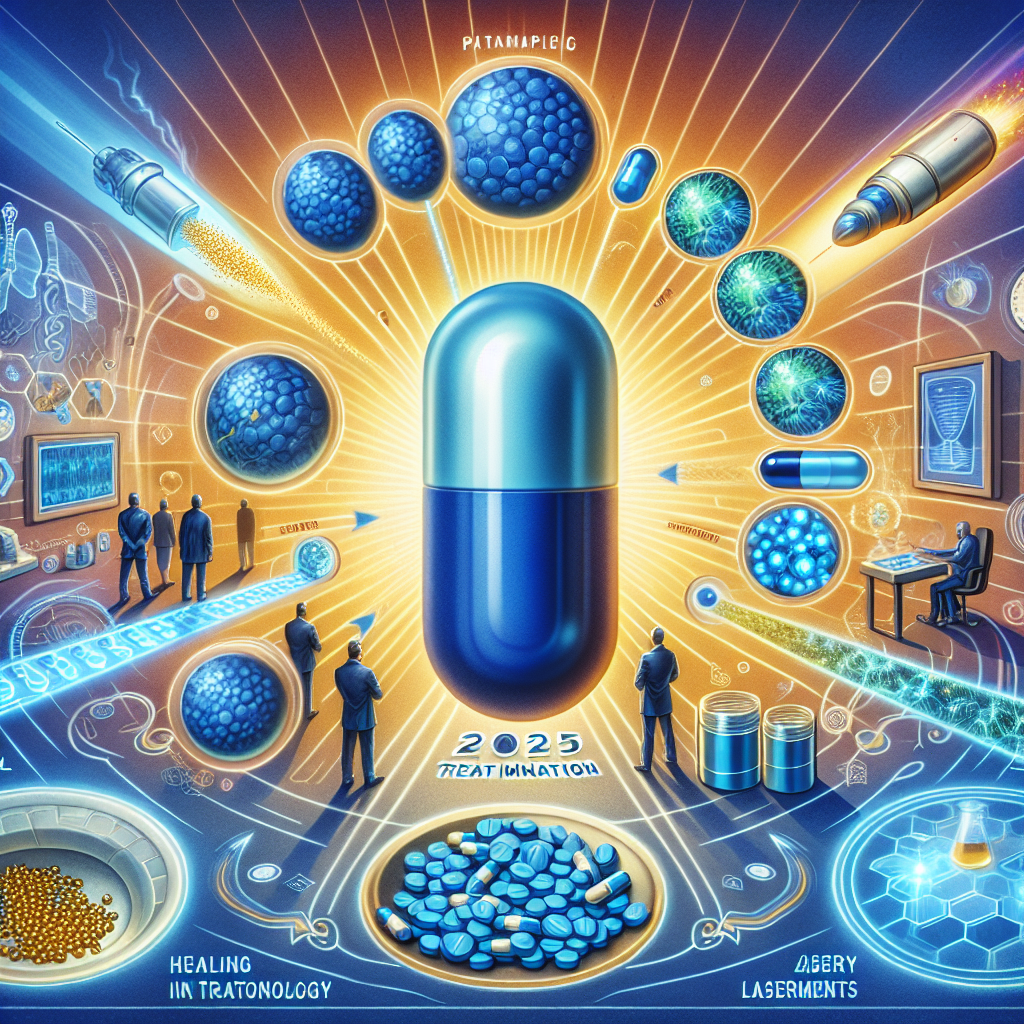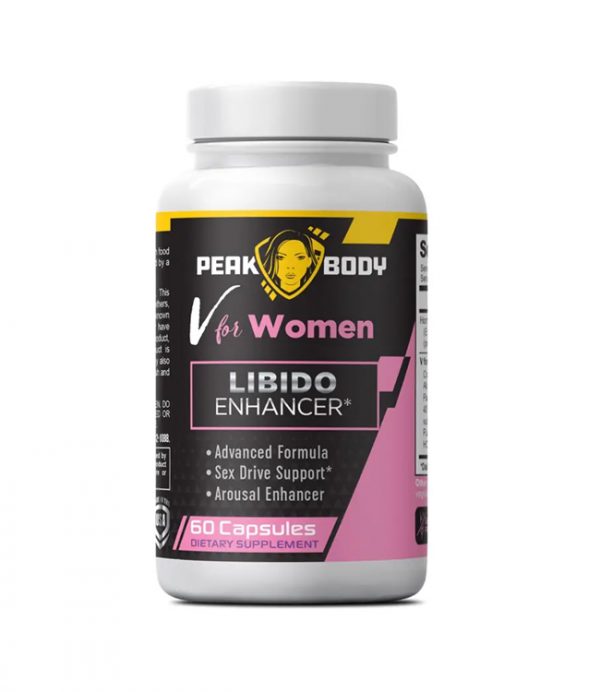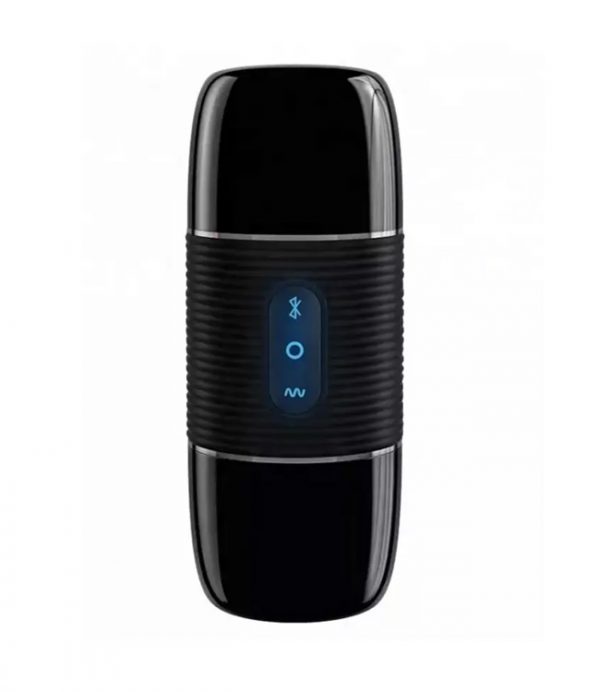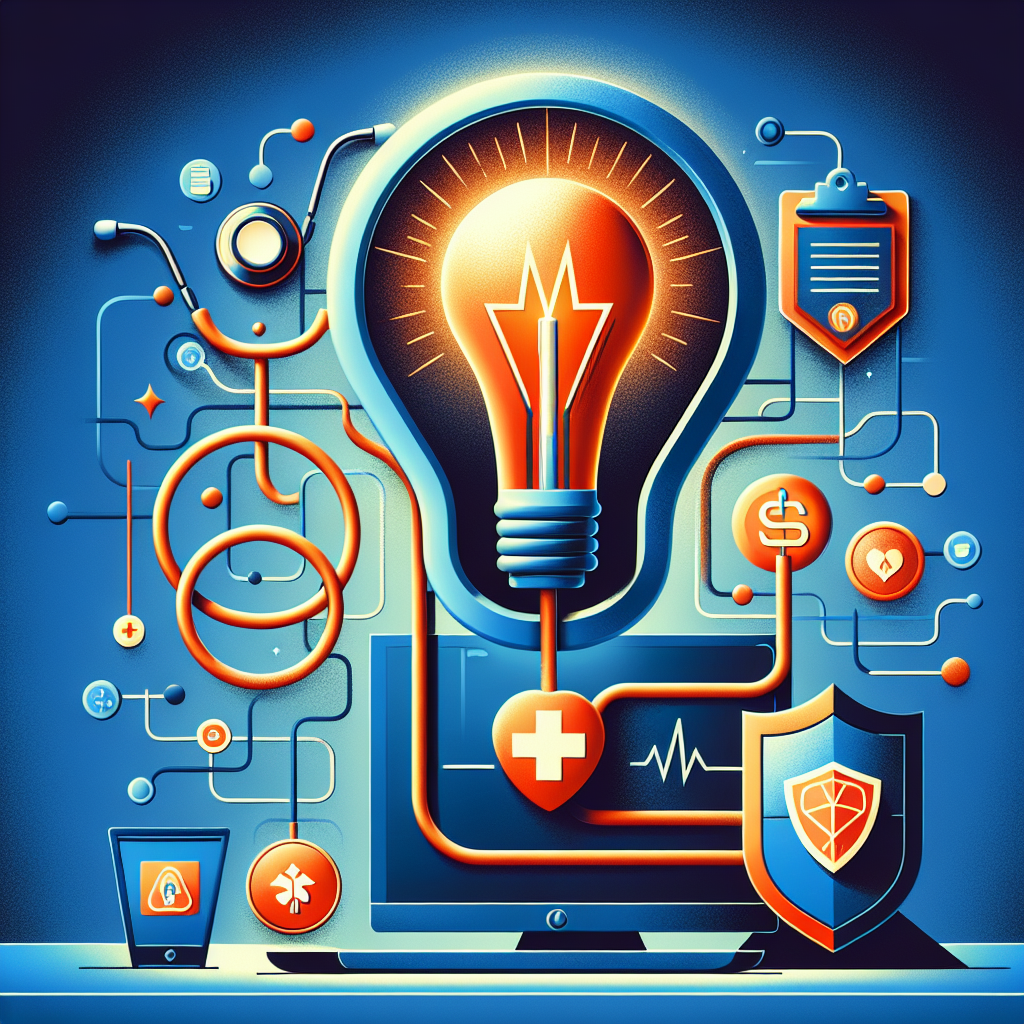Breaking the Silence — Why Men in Their 30s Are Increasingly Seeking ED Treatment
Rethinking the Stereotype: ED Is Not Just an Older Man’s Issue
For years, erectile dysfunction (ED) has been regarded as a condition that only affects older men. Popular media often reinforced this belief, showcasing older men in ED-related ads. However, that outdated notion is rapidly evolving. A rising number of men in their 30s are now addressing and actively seeking treatment for ED.
In fact, a 2021 study in the Journal of Sexual Medicine found that up to 26% of new ED cases occur in men under 40, many of whom are in their early thirties. This surge is driven by a cultural shift that promotes prioritizing men’s health, reducing stigma, and leveraging technology for private and convenient care.
The New Health Conscious Male
Modern men are far more proactive about their health than previous generations. Millennial and Gen Z males are leading the charge when it comes to embracing mental wellness, physical fitness, and preventive care.
“Millennial and Gen Z men are more self-aware and health-conscious,” says Dr. Sarah Jones, a urologist at the Cleveland Clinic. “They’re more likely to view ED as a medical issue, not a personal failure.”
Accessible platforms such as those offered by eDrugstore.com allow men to consult discreetly with healthcare providers, receive FDA-approved treatments, and have medications delivered directly to their homes. These digital options eliminate the need for in-person visits, providing privacy and convenience.
A 2023 report by Grand View Research predicts the global digital health market will surpass $857 billion by 2030—a clear reflection of the shift toward online healthcare solutions.
Rob, a 34-year-old marketing executive, shares his experience: “It took me two years to talk to someone, but once I found eHealth services, I realized getting support didn’t have to be awkward—I just had to take that first step.”
Stress and Anxiety: Silent Triggers for ED
Men in their 30s often navigate high-pressure careers, financial responsibilities, and complex relationships—all of which contribute to elevated stress levels. This stress can manifest as psychological causes of ED, including performance anxiety and low self-esteem.
“Performance anxiety is one of the most overlooked causes of ED in young men,” says Dr. Kevin Patel, a licensed clinical psychologist. “One negative thought can snowball into repeated and consistent sexual performance problems.”
According to the American Psychological Association, men aged 30 to 39 frequently rank among the highest in terms of daily stress. Elevated stress hormones like cortisol can interfere with testosterone production and blood circulation—both of which are crucial for healthy sexual function.
Men today are more open to therapeutic interventions like cognitive behavioral therapy (CBT), mindfulness, and lifestyle adjustments that improve both mental and sexual health.
Physical Health Habits Play a Bigger Role Than You Think
While aging is often associated with ED, physical health in your 30s can be a major contributing factor. Medical conditions such as obesity, high blood pressure, diabetes, and hormonal imbalances are becoming more prevalent among younger adults and can significantly impact sexual performance.
A research study in the British Journal of Urology International found that obesity is directly linked to increased ED risk due to poor blood flow and diminished testosterone levels.
Modern sedentary lifestyles also exacerbate ED. Long hours of sitting, fast food consumption, excessive drinking, and lack of exercise can severely impact vascular health, which is essential for strong erections. Smoking and recreational drug use, including vaping, also reduce blood circulation and erectile function.
Dave, 32, experienced ED during a period of heavy work demands, frequent drinking, and poor fitness. “I didn’t connect the dots,” he says. “But when I cleaned up my habits, started exercising, and reduced alcohol, everything improved—including my confidence.”
Lack of quality sleep and high screen time further drag testosterone levels down. Harvard Medical School notes that blue light exposure at night disrupts sleep cycles, which may reduce erection quality and sexual stamina.
Pornography and Unrealistic Expectations
Easy access to pornography over the past two decades is another growing factor. Experts have identified a connection between excessive porn use and erectile dysfunction, particularly among younger men.
Compulsive pornography consumption can desensitize the brain’s reward system, leading to a condition often referred to as “porn-induced ED,” where real-life intimacy fails to stimulate arousal.
Psychotherapist Gabe Deem, founder of Reboot Nation, explains: “Men as young as 20 come forward with ED caused by years of online porn use. It’s less about arousal and more about the brain becoming rewired.”
Treatment often includes reducing porn consumption and retraining emotional and physical responses to real-life intimacy. Many men combine this effort with therapy and online ED support for a more holistic recovery strategy.
Stronger Relationships, Stronger Support Systems
Relationship dynamics have also evolved, playing an important role in both the cause and solution of ED. Couples today place greater value on emotional connection, communication, and mutual satisfaction. When ED arises, partners are more likely to approach it as a shared challenge rather than an isolated issue.
“Partners today are more empathetic and open,” says Dr. Emily Foster, a sex and relationship therapist. “They encourage honest conversations and support one another through treatment.”
According to a 2020 study in the Journal of Sexual Health, men with supportive partners were 87% more likely to seek ED treatment in earlier stages—highlighting the power of open communication.
Take Mike and Lisa, both 35. After Mike began experiencing ED, the couple pursued counseling. “It helped us grow closer,” Lisa says. “We shared more than just physical concerns, and that openness helped Mike seek treatment, which made a world of difference.”
A New Era of Men’s Health Is Here
The increasing number of men in their 30s addressing ED signals a powerful cultural shift. Younger generations are redefining what it means to be masculine—embracing health, vulnerability, and proactive care.
Platforms like eDrugstore.com are transforming the treatment experience by offering personalized, discreet, and medically sound solutions. Men now have greater access to ED resources and are more motivated to take control of their health.
In response, healthcare providers and telehealth platforms are designing treatment programs tailored specifically for younger men, making support more accessible than ever.
Conclusion: Breaking the Silence is a Step Toward Healing
ED is not just a condition for aging men—it is an increasingly common and treatable condition among men in their 30s. Whether caused by stress, health issues, lifestyle habits, or digital influences, what matters most is taking action.
More men are speaking up, seeking help, and finding strength in their vulnerability. The old stigma is giving way to a new era of empowerment and self-care.
If you or someone close to you is struggling with ED, take the first proactive step. Visit a reputable provider like eDrugstore.com to explore safe, confidential, and effective treatment options.
Breaking the silence isn’t a weakness—it’s a sign of strength, courage, and the beginning of a healthier future.
References
1. Kumar N. et al. (2021). Epidemiology of erectile dysfunction in younger men. Journal of Sexual Medicine – https://www.jsm.jsexmed.org/
2. Grand View Research Report. Digital Health Market Size (2023) – https://www.grandviewresearch.com/
3. American Psychological Association. Stress in America Report (2022) – https://www.apa.org/news/press/releases/stress/
4. Esposito K. et al. (2004). Effect of lifestyle changes on erectile dysfunction in obese men. The Journal of Urology – https://www.auajournals.org/
5. Harvard Medical School. The hidden dangers of blue light. (2020) – https://www.health.harvard.edu/staying-healthy/
6. Journal of Sexual Health. ED Treatment Study. (2020) – https://www.journalofsexualhealth.com/
Explore more ED support and discreet treatment options at https://www.edrugstore.com.


